Women at the wheel: CPEC’s next chapter driven by female empowerment
The China-Pakistan Economic Corridor (CPEC), long recognised for its grand infrastructure — ports, roads, and power plants — is now driving a deeper, more human-centered transformation: the emergence of women as pivotal agents of Pakistan’s economic future.
As the CPEC enters its second phase, a growing number of women trained under various CPEC-linked initiatives are stepping forward to lead.
They are reshaping industries, uplifting communities, and ensuring that the benefits of progress are shared more equitably than ever before.
Breaking the barriers
In Tharparkar, Sindh, women are breaking new ground under the banner of CPEC.
Under the Thar Block II Project of the Sindh Engro Coal Mining Company (SECMC), as many as 70 women have been trained as heavy dump truck drivers — a historic first for this traditionally conservative and economically marginalised region.
A similar shift is taking place in Gwadar, Balochistan, where more than 20 women have received training in garment production at a tailoring centre within the Gwadar Port Free Zone.
Supported by the China Overseas Ports Holding Company (COPHC) and the Chinese Consulate, the initiative provides women with stipends as they produce uniforms for port workers.
Platform of opportunity
Speaking to APP, Umair Pervez Khan, Secretary of the Consortium of Asia Pacific Studies (CAPS), said CPEC is evolving from an infrastructure-driven project into a platform for inclusive and sustainable development.
“CPEC is not just about roads and trade,” he noted. “It’s a platform of opportunity — and women are at the heart of this transformation.”
According to Khan, CPEC’s second phase emphasizes sustainable growth through Special Economic Zones (SEZs), vocational training, and community empowerment.
“We are witnessing the beginning of a social shift. Women who once had no access to education or employment are now actively contributing to their local economies with skill and dedication,” he added.
As SEZs begin operations in different provinces, policymakers and development partners are working to integrate women into traditionally male-dominated sectors such as manufacturing, logistics, and operations.
Inclusion of women vital
Khan stressed that the long-term success of CPEC depends on the full inclusion of women in economic activities, particularly in SEZs like Rashakai and Dhabeji.
“The only way forward is to build inclusion into the foundation of our economic zones — so that women are part of the system from the outset,” he said.
He further emphasised the importance of supporting infrastructure — vocational centres, daycare facilities, and women-friendly workplaces — as essential features of all SEZs to ensure women’s participation and retention in the workforce.
Beyond income generation, CPEC is also reshaping cultural norms. In regions where women’s mobility and public roles were once restricted, success stories are inspiring change and opening new pathways for young women to seek employment.
“These early achievements need sustained support through awareness campaigns and local partnerships,” Khan added.
“When one woman steps forward, it inspires others. That ripple effect can only continue through community engagement and recognition.”
Need for gender-inclusive policies
Khan believes Pakistan can become a regional leader in gender-inclusive development through CPEC.
“With inclusive policies, Pakistan can use infrastructure and trade not just to grow GDP, but to uplift human lives,” he remarked.
Progress is already visible across provinces. In Sindh, 70 women have been trained as dump truck drivers in Tharparkar, while 21 others are engaged in solar maintenance.
In Balochistan, over 20 women are working at the Gwadar Women’s Garment Factory. In Punjab, enhanced energy access in SEZs has boosted female employment in the textile sector.
In Khyber Pakhtunkhwa, improved transport connectivity has opened doors to urban employment and training opportunities for women. Notably, 191 female police officers have also joined Sindh’s CPEC security force.
As the Pak-China partnership moves forward under the Belt and Road Initiative, this multi-billion-dollar corridor is not only connecting Pakistan to global markets but also fostering inclusive and sustainable development.
By equipping women in remote regions with vital skills and opportunities, CPEC is enabling them to contribute meaningfully to both the national and global economy.
No longer on the sidelines, women are becoming central to Pakistan’s journey toward lasting progress.
For the latest news, follow us on Twitter @Aaj_Urdu. We are also on Facebook, Instagram and YouTube.


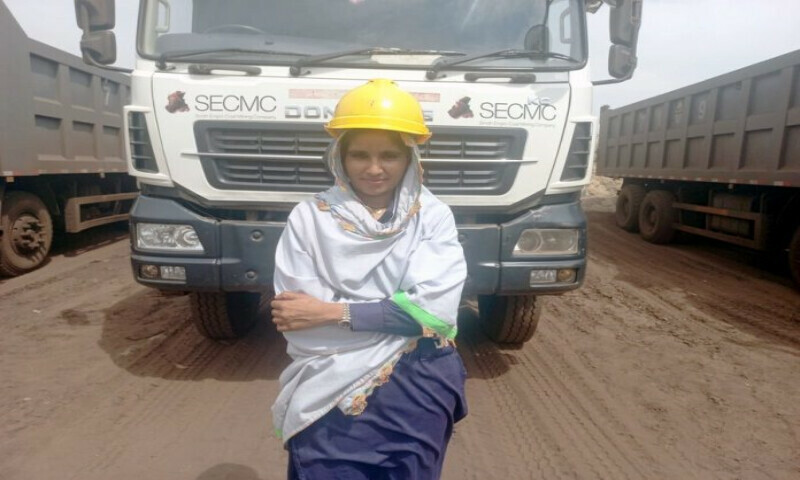
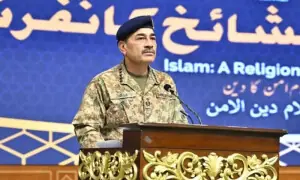
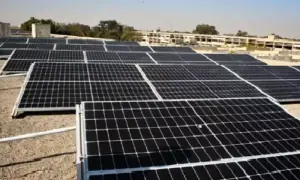
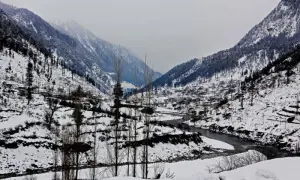




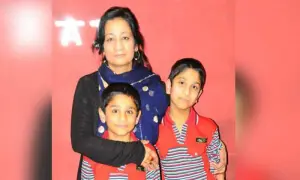




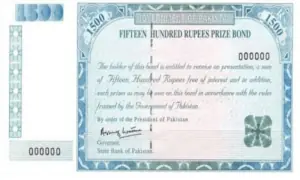
Comments are closed on this story.